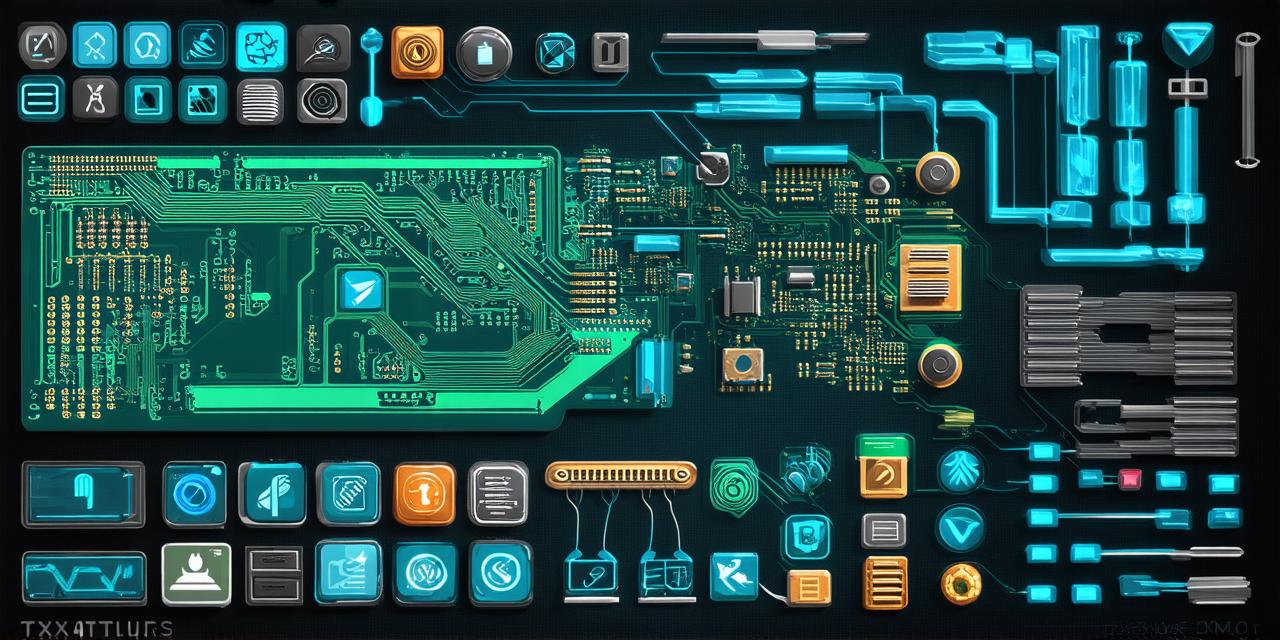Introduction:
Game development is an exciting and complex process that requires a range of skills and knowledge. From programming to art design, every aspect of game development plays a crucial role in creating a successful final product. In this article, we will explore the key requirements for game development and provide practical tips on how to meet them.
1. Technical Requirements:
Technical requirements are the foundation of any game development project. They include hardware and software specifications that must be met in order to run the game smoothly. Some of the most important technical requirements include:
- Graphics card: A high-performance graphics card is essential for rendering complex visuals and animations.
- Processor speed: The processor speed determines how quickly the game can run and how many frames per second it can achieve.
- RAM: Sufficient amount of RAM is required to store data and instructions, which affects game performance.
- Storage: Games require a lot of storage space, so having enough storage capacity is crucial for smooth gameplay.
2. Game Design Requirements:
Game design requirements refer to the creative aspects of game development. These include game mechanics, levels, characters, storyline, and other elements that make up the overall game experience. Some of the most important game design requirements include:
- Playtesting: Playtesting is essential for identifying bugs and refining gameplay mechanics. It allows developers to get feedback from players and make necessary adjustments before launching the game.
- Art assets: High-quality art assets are essential for creating an immersive and visually appealing game world. This includes character models, environment textures, sound effects, and other multimedia elements.
- Storyline: A well-written storyline can help draw players into the game world and create a sense of engagement. It should be engaging, emotionally resonant, and have a clear narrative arc.
3. Development Requirements:
Development requirements refer to the process of actually creating the game. This includes writing code, creating levels, animating characters, and other technical tasks. Some of the most important development requirements include:
- Programming skills: Strong programming skills are essential for writing efficient and scalable code that can run on various platforms.
- Version control: Version control software is crucial for keeping track of changes made to the codebase and collaborating with other developers.
- Agile methodology: Agile methodology allows teams to work more efficiently by breaking down projects into smaller, manageable chunks and constantly iterating based on feedback.
4. Testing Requirements:
Testing requirements refer to the process of ensuring that the game is free from bugs and glitches. This includes manual testing, automated testing, and user acceptance testing. Some of the most important testing requirements include:
- Unit testing: Unit testing involves testing individual components of the codebase to ensure they are working correctly.
- Integration testing: Integration testing involves testing how different components of the game work together.
- User acceptance testing: User acceptance testing involves testing the game with real users to identify any issues or areas for improvement.
Summary:
Game development is a complex and challenging process that requires a range of technical, creative, and interpersonal skills. By understanding the key requirements for game development, you can create a successful game that engages players and delivers a memorable experience. Remember to playtest, prioritize art assets, use version control, and follow agile methodology to ensure your game is polished and bug-free.
FAQs:

1. What are the most important technical requirements for game development?
Graphics card, processor speed, RAM, and storage capacity are some of the most important technical requirements for game development.
2. How does playtesting help in game development?
Playtesting helps identify bugs and refine gameplay mechanics by providing feedback from players.
3. What is version control software?
Version control software is used to keep track of changes made to the codebase and collaborate with other developers.
4. What is agile methodology?
Agile methodology is a development process that breaks down projects into smaller, manageable chunks and constantly iterates based on feedback.
5. Why is user acceptance testing important for game development?
User acceptance testing involves testing the game with real users to identify any issues or areas for improvement.




